
SUS 304L stainless steel
1. Corrosion resistance Excellent corrosion resistance: SUS 304L stainless steel can maintain stable performance in various environments, especially in acid and
1. Corrosion resistance
Excellent corrosion resistance: SUS 304L stainless steel can maintain stable performance in various environments, especially in acid and alkali environments. It can resist corrosion from general atmosphere, water, acid, alkali and salt and other chemical media, which greatly prolongs the service life of the product. (Source: Baidu Baijiahao)
2. Mechanical properties
High strength and toughness: While ensuring strength, SUS 304L stainless steel can also maintain a certain toughness, making the product safer and more reliable when subjected to external forces. This feature makes it perform well under conditions such as pressure and impact. (Source: Zhihu Column)
3. Processing performance
Easy to process: SUS 304L stainless steel has good processing performance and can be processed by cold processing, hot processing, deep drawing and forming. At the same time, it is also easy to cut, bend and weld, providing designers with unlimited creative space. (Source: Zhihu Column)
4. Cost-effectiveness
High cost performance: Compared with other materials, SUS 304L stainless steel has a higher cost performance. It can not only meet various usage needs, but also achieve better results in cost control, and is suitable for consumers and enterprises at different levels. (Source: Zhihu Column)
V. Environmental protection
Environmentally friendly materials: As an environmentally friendly material, SUS 304L stainless steel has little impact on the environment during production and use, which is in line with the current concept of green development. This meets the requirements of modern society for sustainable development. (Source: Zhihu Column)
VI. Wide application field
Multi-field application: SUS 304L stainless steel is widely used in many fields due to its excellent performance. In the construction industry, it is used to make decorative parts such as railings, doors and windows, and stairs; in the field of medical equipment, due to its excellent corrosion resistance, it has become an ideal choice for equipment such as infusion tubes and syringes; at the same time, it is also widely used in food processing equipment, chemical equipment, oil storage tanks, shipbuilding, and automotive parts.
stainless steel processing
The manufacture of stainless steel involves a series of processes. First, the steel is melted, and then it is cast into solid form. After various forming steps, the steel is heat treated and then cleaned and polished to give it the desired finish. Next, it is packaged and sent to manufacturers, who weld and join the steel to produce the desired shapes.
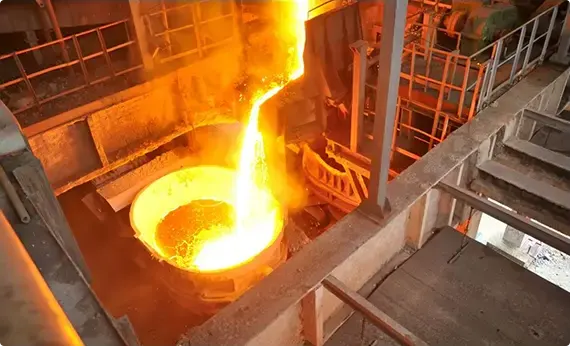
Melting and Casting
The raw materials that constitute a stainless steel item are placed together and melted in a giant electric furnace. Intense heat is applied rigorously for a period of 8 to 12 hours during this step. Once the melting is complete, the molten steel is cast into desired semi-finished forms. Some of the most common forms or shapes include slabs, blooms (rectangular shapes), billets (these could either be round or square), rods, and tube rounds.

Forming
In the second stage, the semi-finished steel shapes undergo a series of forming operations. For instance, the stainless steel is hot rolled (heated and passed through enormous rolls). The blooms and billets mentioned above are converted to bar and wire. The slabs on the other hand are formed into plates, strips or sheets. It is very common to turn semi-finished steel shapes into bars, as it is the most versatile stainless steel form (it comes in all grades and sizes). You have round, square, octagonal, and hexagonal bars, each suitable for a different type of application.
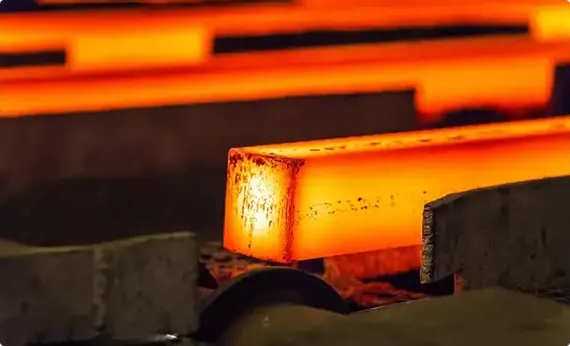
Heat Treatment
The various stainless steel forms undergo a thorough annealing process during this step. Annealing is another name for heat treatment where the stainless steel is heated and cooled in a controlled environment. The purpose of this heat treatment is to relieve the pent-up stress inside the stainless steel and soften the material to make it more suitable for a wide variety of applications. The people in charge of carrying out the annealing process have to be very careful about the conditions as even the slightest of changes in the temperature, pressure, duration, or cooling rate could result in a faulty product.
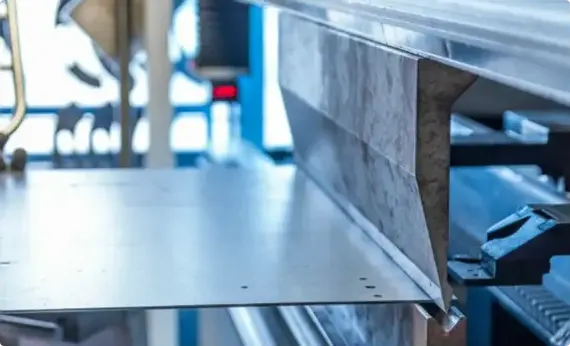
Descaling
During the annealing process, a certain amount of scale appears on the surface of the stainless steel. This scale can be removed using a number of different processes that are collectively known as descaling. Pickling is one of the more common methods of carrying out the descaling process.
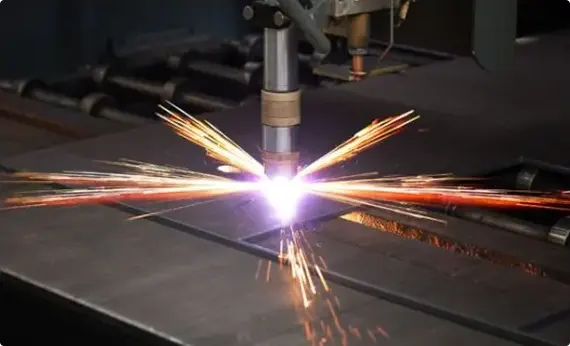
Cutting
The semi-finished, heat-treated, and descaled stainless steel forms are cut into specific shapes in this step. Mechanical cutting is performed with the aid of guillotine knives, blanking, nibbling, and high-speed blades.
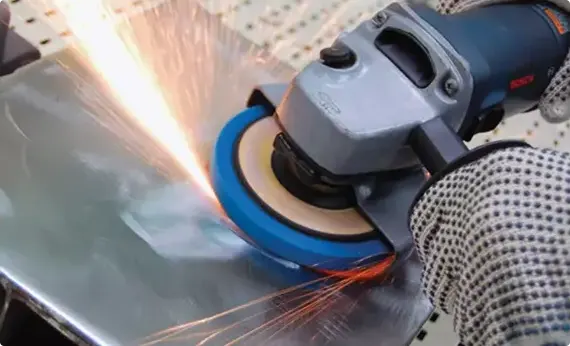
Finishing
Finishing is applied to help the stainless steel product achieve its signature aesthetically appealing appearance. Finishes are also needed to make the stainless steel product smooth and easier to clean, which is a top requirement in sanitary applications.
